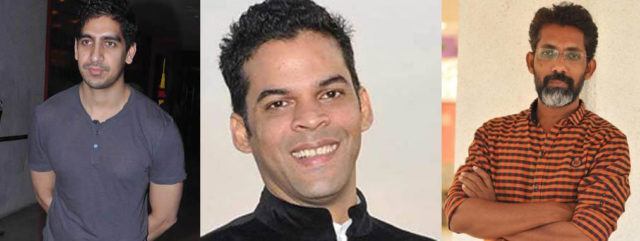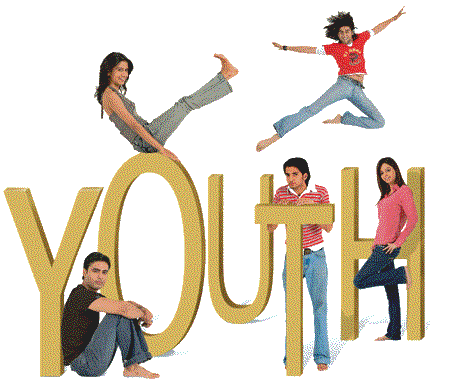Movies are traditionally viewed, at least in India, as escapist fantasy. In a country where being shallow is the norm and millions of fans celebrate a miscarriage of justice because it means their favorite actor stays out of jail, perhaps it is futile to expect anything better. Attempts at film-making with a social focus have tended to be laughable or plain unwatchable (the latest example being Buddha in a Traffic Jam, a movie that tries to be propaganda but fails even in this mild exercise of intellectualism).
A film-maker’s responsibility is to entertain, but that does not mean abandoning his or her social conscience. An access to an audience as well as to financial resources is what makes a movie-maker powerful, but it also is a power that needs to be used wisely.
As more young people get into film-making, they give the youth a voice that can reach all corners of India. Vikram Motwane (Udaan), Ayan Mukherji (Wake up, Sid), Chaitanya Tamhane (Court) and Nagraj Manjule (Fandry, Sairaat) are all directors under the age of forty who are engaged in making movies that question the status quo.

But while these are the best and brightest Indian film-making has to offer, one does not have to be Scorsese or Spielberg to make moves with a positive social message. It is worth remembering that through its early years, Hindi movies (the term Bollywood was yet to be coined) had a strong tendency to pursue a nationalist agenda, though film-making itself was not as evolved as it is today.
Movies like Kismet promoted the freedom struggle way back in 1943 by somehow getting a song with the lyrics:
“Door hato ay duniyawalo, Hindustan hamara hai” (Go away, foreigners, India is ours!)
past the censors.
Movies like Jhansi ki Rani and Anand Math were made shortly after independence and actively promoted a sense of patriotism. Mother India, Dhool ka Phool and Phir Subah Hogi had messages that emphasised the socialist values and the need to look beyond religious differences that held the nation together.
While Guru Dutt and Raj Kapoor, along with the incomparable Satyajit Ray were the finest film-makers of their times, it was only the latter two whose films attempted to form a social commentary.
However, by the 1970’s the discourse had begun to change. As Nehru’s legacy was being eroded by what was left of the Congress party, and narrow parochial interests raised their ugly heads throughout the country, the film-making became more simplistic and majoritarian. Manoj Kumar’s brand of patriotism was more jingoism and meaningless anti-Westernism than promoting a broader social cause.
In their way, the film-makers of modern India are trying to bring about a change. The off-beat movies, one’s that challenge the star system or send a strong message are being made by the young directors, while older film-makers are content making grand period pieces or hackneyed love stories.
Perhaps it is precisely the lack of access to funding that allows younger film-makers to make better movies, since it disconnects them from the insidious star system that had ruined the quality of Bollywood films since the seventies.
And in doing so, it leaves them free to explore the themes of loss, longing and division that affect society today, at least to the extent that the Censor Board permits.
On balance, it is probably too much to expect that film-makers can change a society that has problems much beyond the ability of even our great leaders to rectify. But by using the platform, and the voice, that they have, they can take steps towards influencing the tone of public discourse, and that itself is a power to be used wisely and well.






























